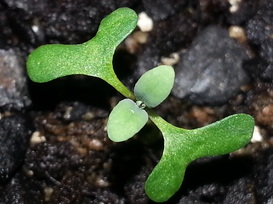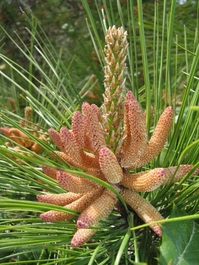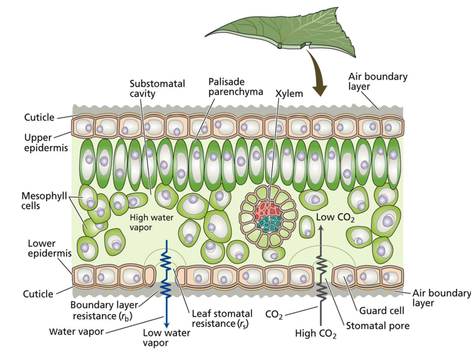The content and opinions expressed on this web page do not necessarily reflect the views of nor are they endorsed by the University of Georgia or the University System of Georgia.
Total Water Use and Source Partitioning in Woody Bioenergy Crops

Eucalyptus is a genus containing over 700 species native to Australia that have been planted across the world for production forestry purposes. Several species, including Camden white gum (Eucalyptus benthamii), exhibit the hardiness to grow in the southeast with production rates 250% greater than loblolly pine. Although eucalypts are generally considered to exhibit relatively high water use efficiencies, questions remain about the absolute amount of water they use compared to other bioenergy crops, such as loblolly. Eucalyptus species are generally deep rooted and their root systems may extend 15 meters below the soil surface compared to 3 meters for loblolly pine, so there is potential for eucalypts to access deeper water sources.

Loblolly pine (Pinus taeda) is the most commercially important tree species in the southeast and is the primary candidate for bioenergy production. Loblolly plantations dominate the region and well-established silvicultural techniques are based on over 50 years of research. Loblolly shows the capacity for very high production when managed intensively over short rotations and is therefore the benchmark from which to compare other potential woody crop species.

An inherent trade-off exists between water loss and carbon gain at the leaf-level—a trade-off that is maintained at the stand-level. CO2 must first diffuse from the atmosphere and into a leaf through stomatal pores before it can be fixed. While these stomatal pores are open, water vapor diffuses from inside the leaf outwards into the atmosphere. Expedited forest production will expedite water use.
Our research entails constructing annual hydrologic budgets by quantifying the hydrologic inputs (precipitation and interception) and outputs (evaporation and transpiration) of experimental plots and characterizing how the sources of transpiration water (current precipitation, stored soil pore water, or groundwater) differ between the species through early stand development and as a function of groundwater depth, leaf area, rooting depth, and seasonality by applying a mixing model to δ2H and δ18O isotope data collected from xylem water. Empirical data derived from this study will be used to parameterize a process-based model to estimate watershed-scale changes in the hydrologic cycle that may result from shifting land cover from current native vegetation types to woody bioenergy crop system scenarios. Quantifying water consumption of intensively managed woody crops will provide critical information to the USDA related to the ecological consequences, costs, and benefits of bioenergy production systems as it continues to evaluate and to modify its bioenergy strategy.
The Aubrey Lab is currently part of a multidisciplinary team working to quantify and compare total water use and water sources for pine and eucalypt bioenergy crops as a function of groundwater depth.
